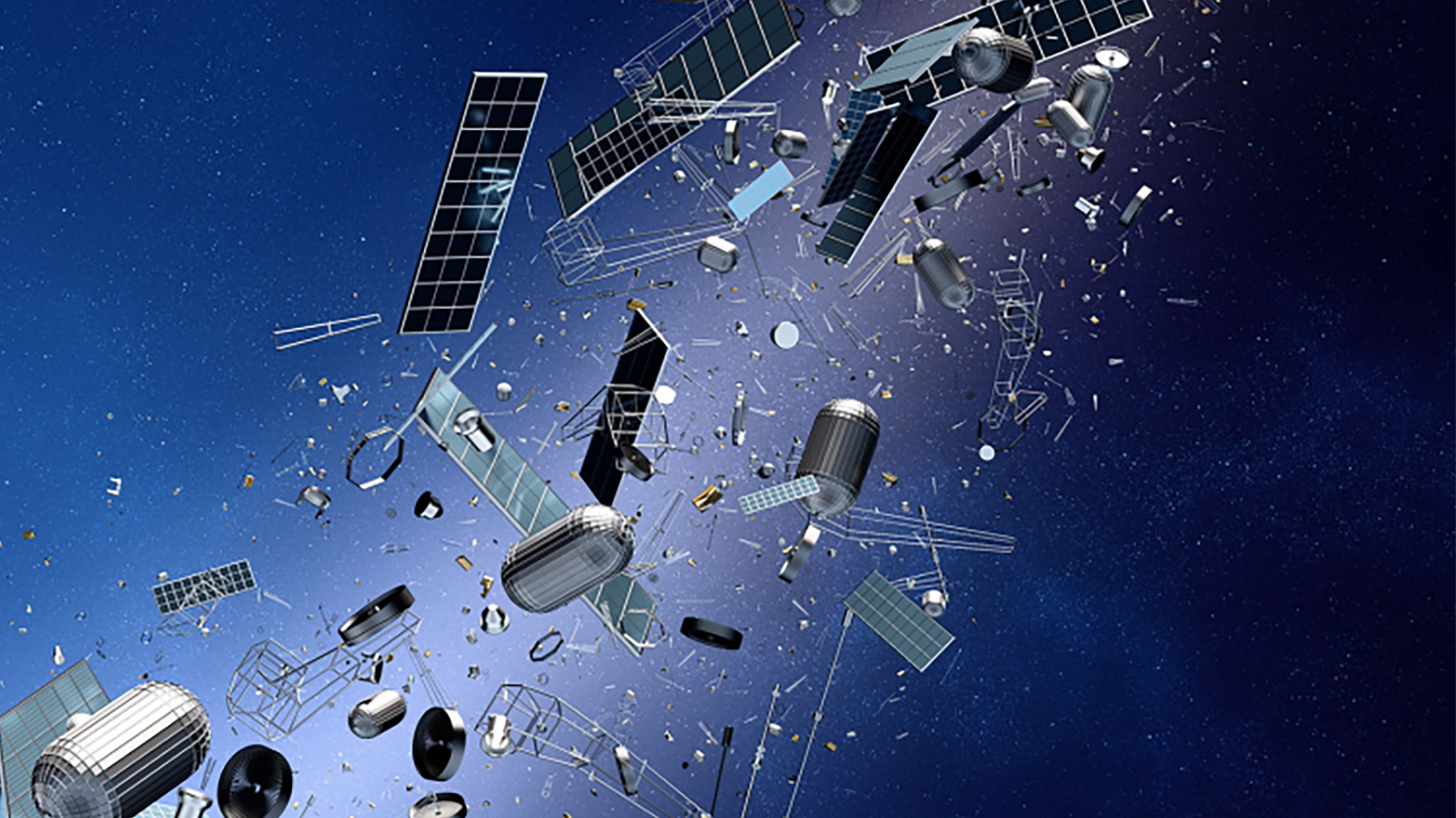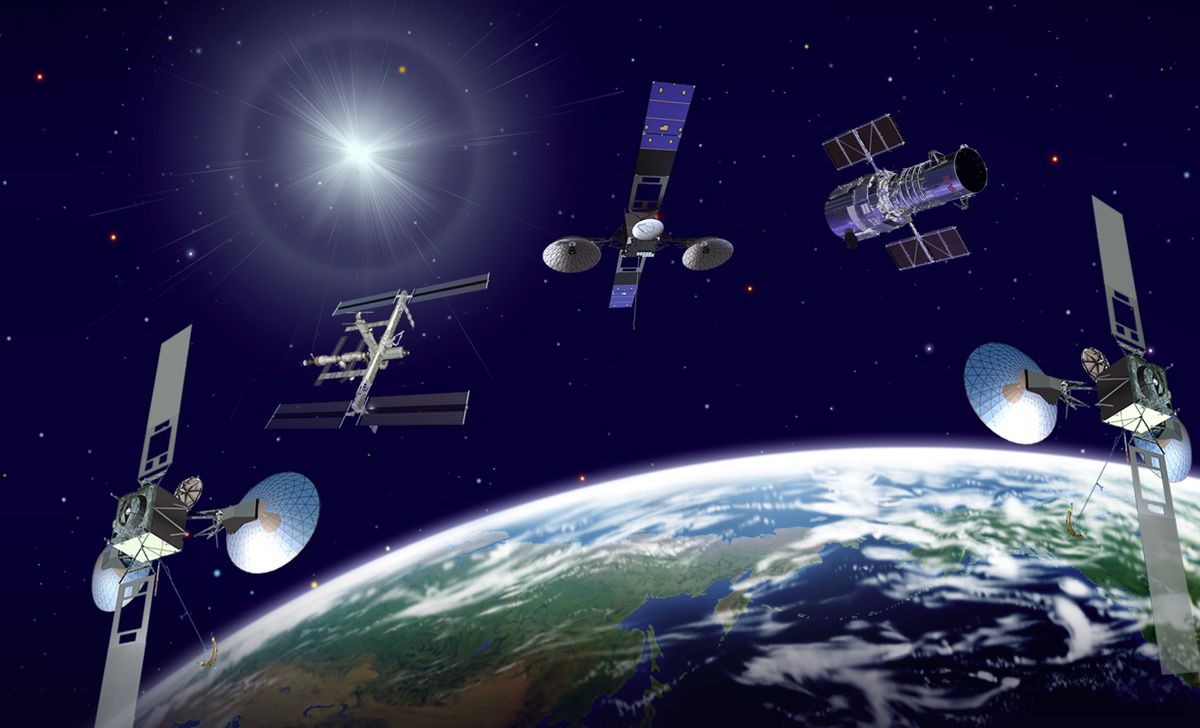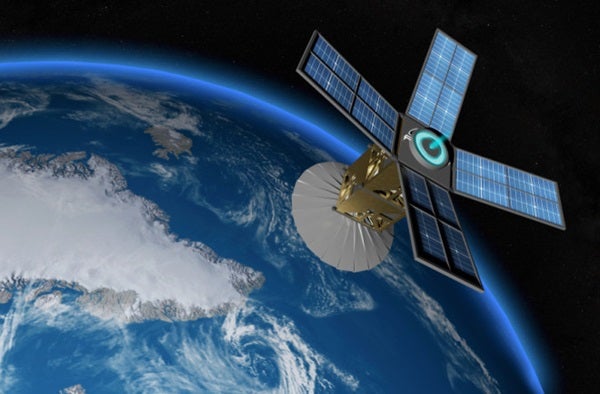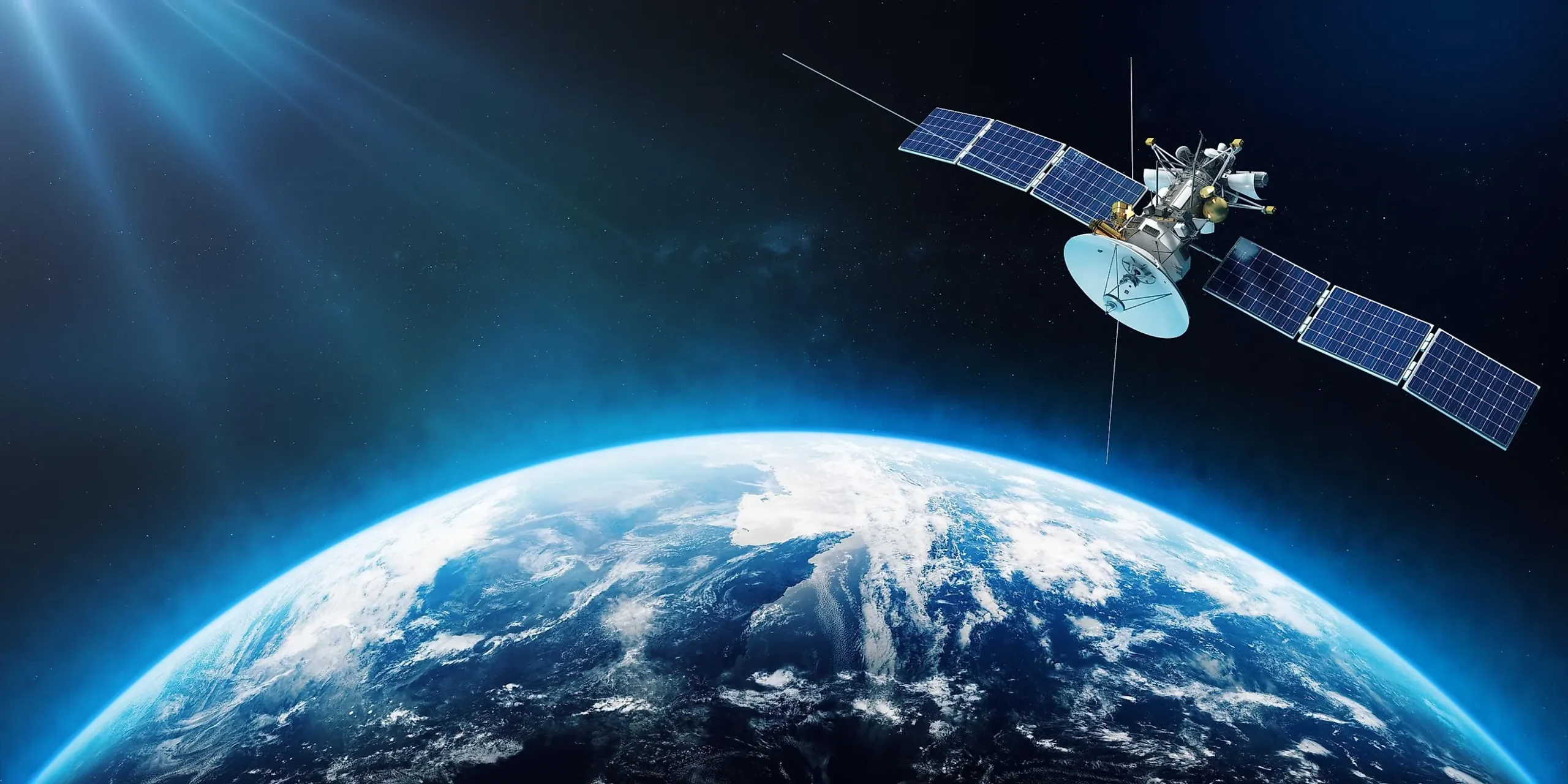The next time you look up at the night sky, remember—you’re not just seeing stars. Orbiting far above your head are thousands of dead satellites, remnants of decades of exploration and innovation. These metallic ghosts drift silently in what scientists ominously call “space graveyards.”
But what exactly happens to satellites after they die? Are they left to float forever? Are they brought back? Can they pose risks to new missions?
At spaceyv, we explore not only the future of space—but its forgotten past. In this article, we dive deep into the fate of old satellites, the growing threat of space debris, and the incredible engineering solutions being developed to manage orbital trash.
What Is a “Dead Satellite”?
A dead satellite is one that no longer serves its mission. This can happen due to:
-
Depleted fuel
-
Battery failure
-
Mechanical breakdown
-
Software errors
-
End of planned mission
Once they stop responding, satellites become space debris—non-functional hardware that can still collide with operational satellites or spacecraft.

The Hidden Cemeteries Above Us: Space Graveyards
There are two main types of space graveyards:
1. Low-Earth Orbit (LEO) Debris Cloud
This is where most defunct satellites and rocket bodies reside, typically within 2,000 km of Earth. It’s also where the International Space Station (ISS) orbits—making this area the most crowded and risky.
2. Geostationary Graveyard Orbit
For satellites in geostationary orbit (about 36,000 km above Earth), the rule is to boost the dead satellite even higher into a “graveyard orbit.” This zone is specifically designated to keep space lanes clear for active satellites.
The Real Problem: Space Debris Crisis
Currently, there are over 36,000 tracked pieces of space debris larger than 10 cm, and millions of smaller fragments.
According to ESA and NASA:
-
Collisions are already happening (e.g., Iridium 33 & Cosmos 2251 in 2009).
-
Even a paint chip moving at 28,000 km/h can cause catastrophic damage.
-
More debris increases the chances of a Kessler Syndrome—a chain-reaction of collisions that could render orbits unusable.
What Happens When Satellites Die?
☠️ Scenario 1: Natural Decay and Reentry
Satellites in low-Earth orbit are often left to burn up in Earth’s atmosphere after their missions. The friction heats them to thousands of degrees Celsius, disintegrating them like meteors.
🔭 Famous Example: Skylab, NASA’s first space station, crashed over Australia in 1979 after decaying from orbit.
🚀 Scenario 2: Controlled Deorbit
Space agencies often guide satellites down in a controlled descent, ensuring they land safely in remote areas like the South Pacific Ocean Uninhabited Area, also known as the “Spacecraft Cemetery.”
🪦 This is where MIR and numerous supply ships have been laid to rest.
🛰️ Scenario 3: Graveyard Orbit
For satellites in geostationary orbit, operators boost them higher into a designated graveyard orbit to clear the traffic lanes.
Who Tracks Dead Satellites?
Several organizations are tasked with tracking orbital debris, including:
These agencies monitor debris, predict collision risks, and notify operators to maneuver satellites out of harm’s way.

Unique Ideas: Space Cleanup Missions Underway
In true sci-fi fashion, several high-tech missions are being planned (and even tested) to clean up our crowded skies.
🌍 1. RemoveDEBRIS (UK/ESA)
-
Used nets and harpoons to capture simulated debris in space!
🧲 2. ClearSpace-1 (ESA – Launch 2026)
-
A “space claw” robot that will capture and deorbit a real piece of junk.
🚀 3. Astroscale’s ELSA-d
-
A magnetic docking experiment to remove dead satellites with precision robotics.
These missions are just the beginning of a new space industry—orbital janitors for the 21st century.
Could Recycling Satellites Be the Future?
There’s increasing interest in satellite recycling—salvaging old parts like antennas, solar panels, or processors from dead satellites. This idea could lower costs and reduce debris.
One concept by NASA’s OSAM-1 mission is to refuel or upgrade existing satellites with robotic arms.
This transforms the idea of “space graveyards” into space repair shops—a circular economy in orbit.
Space Debris Laws: Are They Enough?
While international treaties exist, like the Outer Space Treaty of 1967, they lack enforcement teeth.
Today, most regulations are voluntary guidelines, such as:
-
Satellites must deorbit within 25 years of mission end.
-
Operators should design spacecraft to minimize debris risk.
The space industry is now calling for stronger laws, incentives, and insurance penalties to prevent careless satellite dumping.

What You Didn’t Know: Dead Satellites Can Be Hacked
Surprisingly, there are hacker groups who track and sometimes “talk” to abandoned satellites still capable of receiving commands.
🛰️ Example: In 2009, a group reestablished contact with the ISEE-3 satellite, which had been abandoned for decades.
This raises fascinating questions: Who owns a dead satellite? Can you legally revive one?
Conclusion: Our Legacy in Orbit
Our space legacy isn’t just about rockets and achievements—it’s also written in the junk left behind. Each dead satellite is a symbol of our technological growth, but also a challenge we must solve.
At spaceyv, we believe the stars are for exploring—but also for preserving. If we want a sustainable future in space, we need to treat Earth’s orbit as our shared backyard, not a dumping ground.
References
NASA Orbital Debris Program – https://orbitaldebris.jsc.nasa.gov
ClearSpace-1 Mission – https://clearspace.today/
Astroscale – https://astroscale.com/



